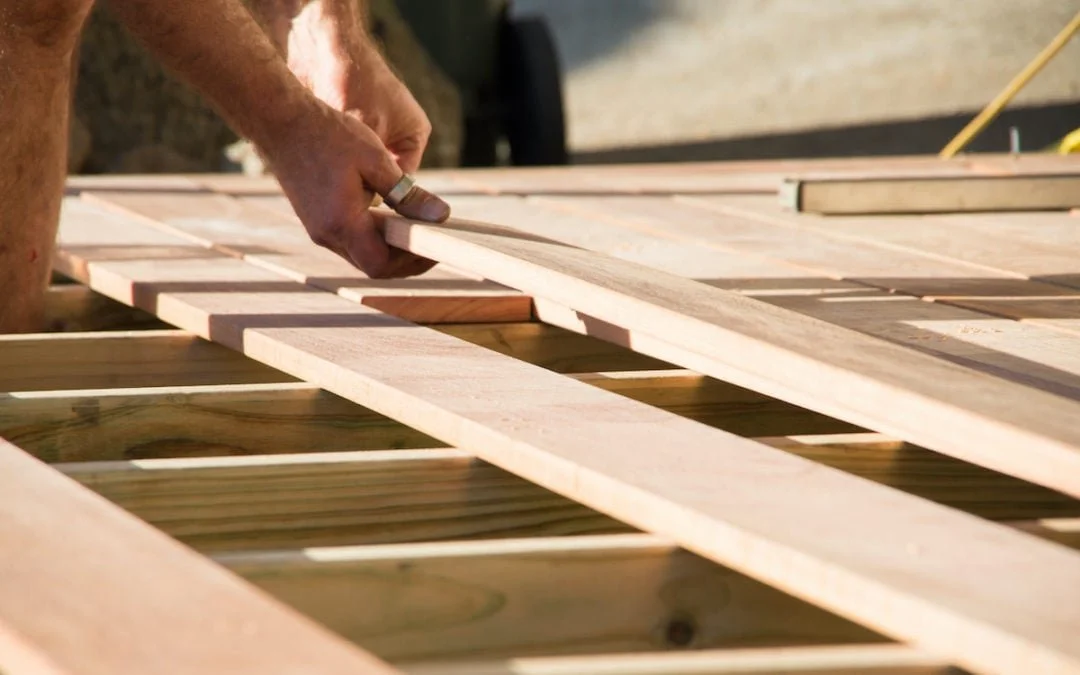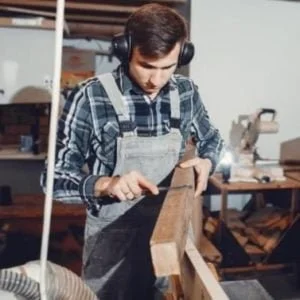What materials do you recommend for floor trusses?
The number of decisions you make when designing and building a new home is astronomical. You may fret about the flooring, the fixtures, and the wall color. Although the floor trusses are hidden from view, choosing the best material for these supports can help you avoid additional costs to repair squeaks and cracked tiles down the road. Keep reading to find out what our readers recommend you use for sturdy floor trusses.
Gregg Cantor, President, and CEO of Murray Lampert Design Build Remodel.
Engineered I-Joists
The best material for floor systems is engineered I-Joists. In California, Trus Joist® manufactured by Weyerhaeuser, also known as TJI® is the most commonly used material. Alternatively, Boise Cascade offers BCI® Joists. Both of these products perform similarly and have equal benefits, including technical/engineering specifications that are accepted by local municipalities.
Other benefits of engineered I-Joists are longer spans, less deflection than solid lumber, no warping, easier installation due to lighter weight, knock-outs for plumbing & electrical, consistent manufacturing, and sustainability (forest friendly).
Combination of Lumber and Metal
When you’re choosing floor trusses, there’s no universally correct choice. The right type of joist depends on the room.
The cheapest and most standard type of floor joist is solid lumber. It used to be the standard, but builders often choose different materials because more options are available today.
I-beam joists are made with a combination of lumber and plywood or OSBs. It’s a more environmentally friendly option and results in less shrinkage and warping than sometimes happens with solid lumber. So, it’s a better option if you want tile floors. Tiles allow no margin for error in the joists because they’ll crack if the floor isn’t completely level.
[Another] popular floor truss type is a combination of lumber and metal to build a sort of webbing. Even though this type of truss is more expensive initially, any work on electrical and HVAC systems will be cheaper throughout the floor’s life because the webbing allows easy access to wires and ducts.
Melanie Musson is a home improvement expert with USInsuranceAgents.com.
Engineered Wood
Sean Chapman, Founder, and Author at Tools&Goods.
Wood has been amongst the most common materials for floor trusses within the last five decades. However, engineered wood is rapidly taking over the market. This material is much more sustainable compared to traditional lumber, as it uses less tree material per square foot.
Besides, it’s cheaper, significantly easier to transport to due to lower weight, and provides stronger support for longer. Depending on the type of trusses, you can also install metal plates for additional webbing protection and combine truss types for additional durability.
Laminated Veneer Lumber
As an interior designer, I’m also equipped with knowledge of the materials used in constructing a house. It is important for interior designers to know what materials [exist in the home] when designing because this will determine if these materials will hold different furniture and fixtures.
As for me, the best material to use for floor trusses is LVL wood or Laminated Veneer Lumber. This type of wood has a high strength property and costs less than other materials. The cost of LVL wood is justified by its benefits. That’s why I recommend using this type of wood for floor trusses.
James Kalim, Founder, and CEO at Only Silent.
Stronger Than Steel
Paul Smith, passionate woodworker, and designer at WoodWorker Magic.
Hands down – wood is the best material for creating floor trusses. [It is] durable, affordable, and easy to repair. It can be used in both wood I-joists and open-web trusses. If processed correctly, wood can even be stronger than steel.
Lumber Floor Trusses
It’s the tried and tested. Lumber floor trusses are the most effective. Solid lumber is usually the more economical choice. It’s rugged and, in the event of a fire, the lumber tends to survive and endure far better than other options. Its strength and flexibility also mean it [survives] well in flood environments.
Ray Brosnan, Managing Director of Brosnan Property Solutions.
Quality Budget Options
There are various floor solutions available in the market. However, floor trusses are still the leading functional floor structure widely applied by master carpenters in home construction. As a home construction services owner, we cannot deny that floor trusses are designed with strength and durability long term.
Therefore, for floor trusses, I highly recommend:
solid lumber
metal bearing
support beams to adjust its height
These materials give easy installation, and it avoids shrinking and unwanted noises. [They] are ideal for homeowners with a budget.
This is a crowdsourced article. Contributors are not necessarily affiliated with this website and their statements do not necessarily reflect the opinion of this website, other people, businesses, or other contributors.

 CALL FOR A QUOTE
CALL FOR A QUOTE








